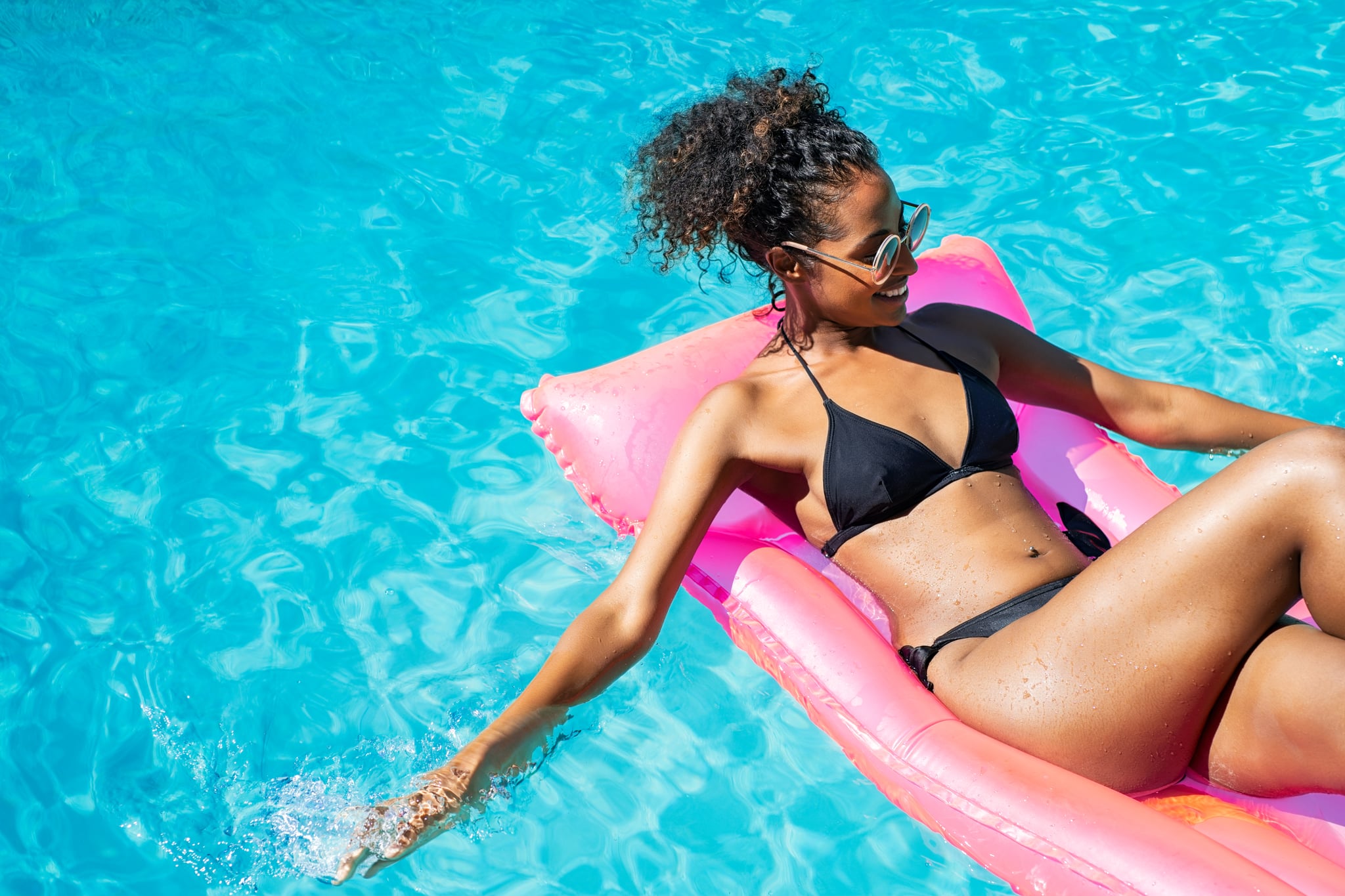The Best Ways to Get Water Out of Your Ear, According to an ENT
- Being Outside Is Good For Your Body and Mind — Here’s Why - December 14, 2023
- The Chicest Bracelets for Women (All Under $100) - December 14, 2023
- Water Is Life — Here Are 11 Simple Ways to Drink More of It - December 14, 2023

Whether from swimming in a pool or taking a shower, everyone has likely experienced a situation that results in the uncomfortable, irritating feeling of having water stuck in their ear. According to Mayo Clinic trained ENT Shawn Nasseri, MD, when you have water trapped in your ear, symptoms can range from muffled hearing to a tickling sensation in your ear that travels down your jaw into your throat. If you feel like you have water trapped in your ear, there are a number of ways to get it out. Dr. Nasseri recommends the following methods to help alleviate this very annoying sensation.
Shake Your Earlobe
“Jiggling your earlobe and shaking your head from side to side helps release water from your ear,” Dr. Nasseri says. Tilt your head in a downward direction toward the side with the trapped water, grab your earlobe, and gently shake it to try to get the water out.
Lie on Your Side
Another common way to release trapped water from your ear is to simply lie down and let gravity do its thing. “You can try lying on your side for a few minutes with a towel to drain the water,” Dr. Nasseri says. This is a slower method and may take a few minutes, so have some entertainment on standby in case you’re down for a while!
Use Ear Drops
Using ear drops is also an effective way to help get water out of your ear. There are two different kinds of ear drops that you can use in this situation: hydrogen-peroxide drops and alcohol-based drops. According to Dr. Nasseri, hydrogen-peroxide drops are good for clearing debris and earwax from your ear (which can leave the water trapped), and alcohol-based drops are good for reducing moisture in your ear.
If these methods aren’t immediately effective, be patient and try again — but don’t resort to sticking your finger or a cotton swab in your ear. “Using Q-tips or pressing fingers in your ear can push the water deeper into the ear, injure your ear canal, or puncture your eardrum,” Dr. Nasseri warns. Using these tactics also runs the risk of introducing bacteria into your ear canal, which can cause infection.
If the trapped water remains in your ear even several days after you’ve tried all of these methods, be sure to follow up with an ENT. Dr. Nasseri says, “If left untreated, trapped water in the ear can cause swimmer’s ear, ear infections, or other serious infections that can result in hearing loss if not properly treated.”